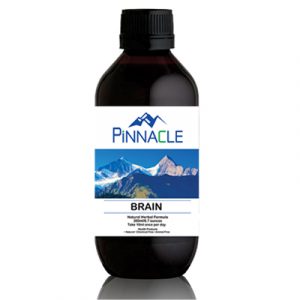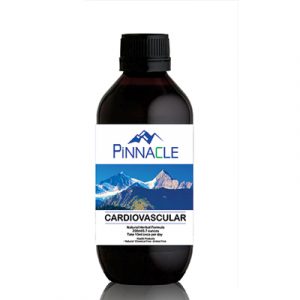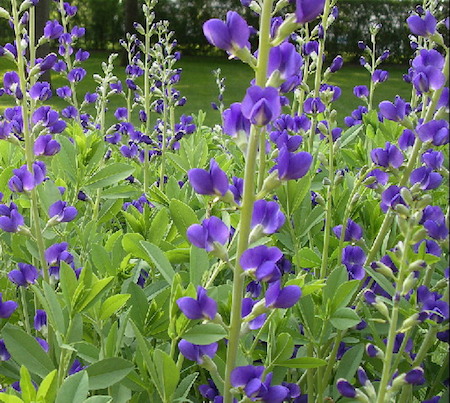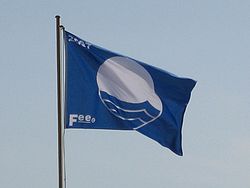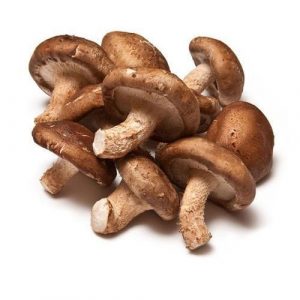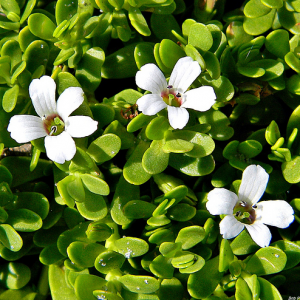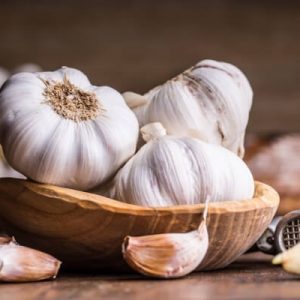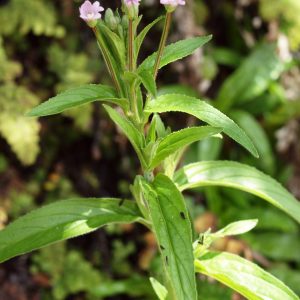Blue Wild Indigo grows in sandy, dry areas or open woods; its deep tap root gives it protection from the drought and prairie fires of its native ground. Native Americans and early settlers once used various species of this plant family to make a blue dye, since the superior true indigo dye was expensive and not easily obtained. As a member of the nitrogen-fixing legume family, indigo makes an excellent choice for soil that needs replenishment of its nutrients. The genus name “baptisia” comes from a Greek word meaning “to dye.”
Vestibulum curae torquent diam diam commodo parturient penatibus nunc dui adipiscing convallis bulum parturient suspendisse parturient a.Parturient in parturient scelerisque nibh lectus quam a natoque adipiscing a vestibulum hendrerit et pharetra fames nunc natoque dui.



